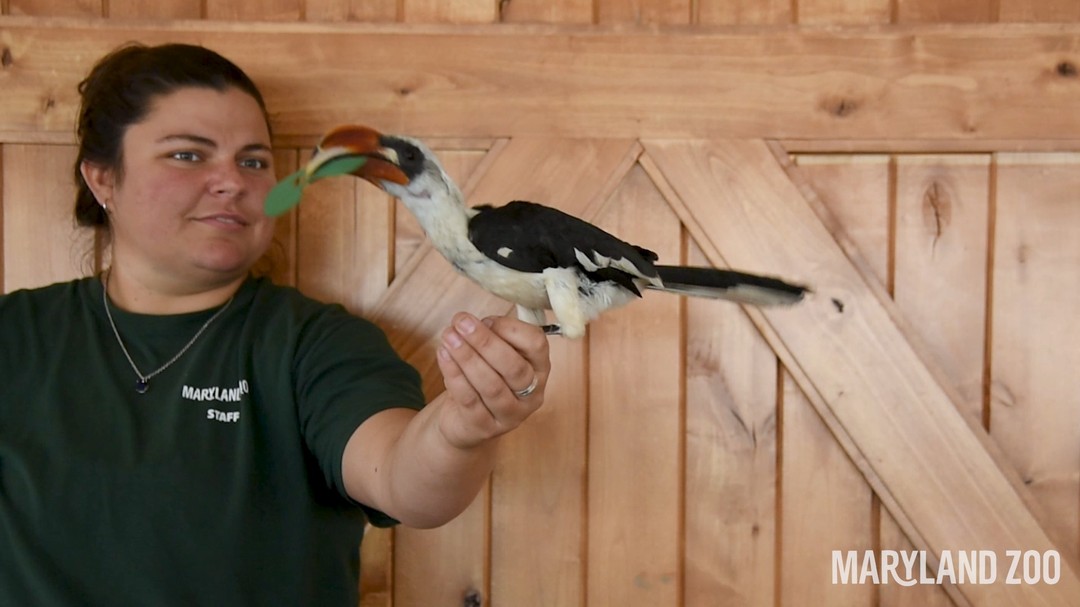- Residents from our Animal Embassy provide educational and interactive experiences to engage and inspire visitors.
- Zoos play a critical role in wildlife conservation, promoting biodiversity and supporting endangered species.
- Successful zoo management relies on a balance between visitor engagement, animal welfare, and sustainable practices.
- Support from the public is vital for zoos to continue their conservation work amid the challenges they face.
- Wildlife conservation is a shared responsibility and requires collaboration between zoos, governments, and communities.
Educational and interactive experiences are reshaping visitors’ perceptions about wildlife. One innovative approach, showcased by efforts at our Animal Embassy, involves close encounters with diverse species. This initiative helps foster greater understanding and appreciation of animals from various habitats. For many visitors, such interactions present an opportunity to observe animal behavior up close. These experiences are designed to educate on topics like animal adaptation and survival strategies, ultimately nurturing a connection with nature that encourages conservation efforts.
Animal Ambassadors—creatures residing in such institutions—play a vital role. They serve not only as educational tools but also as advocates for their wild counterparts. Behind the scenes, dedicated zoologists and caretakers work tirelessly to ensure these animals’ needs are met. This commitment ensures the animals remain healthy and exhibit natural behaviors, even in captivity. Engaging with these animals can spark curiosity, prompting visitors to learn more about ecological systems and the importance of preserving them.
Zoos are pivotal for wildlife conservation. They offer refuge for species threatened by habitat loss, climate change, and poaching. Through breeding programs, zoos help maintain genetic diversity and support the global population of endangered animals. By collaborating with conservation organizations and government agencies, they contribute to preserving biodiversity on a broader scale. This coordinated effort mitigates some of the pressing conservation challenges.
For species like the orangutan and the Amur leopard, zoos provide a critical lifeline. Such species face threats like deforestation and illegal hunting. Through carefully managed breeding programs, zoos aim to boost their population numbers. Meanwhile, educational campaigns in zoos raise awareness about these issues among the general public, urging them to participate in global conservation efforts.
Successful zoo management demands balancing visitor engagement with animal welfare. Modern zoos strive to create naturalistic enclosures that simulate the animals’ wild habitats. This approach minimizes stress and helps maintain the animals’ well-being. Additionally, enrichment activities are implemented to stimulate the animals physically and mentally, preventing boredom and the development of stereotypic behaviors.
Visitor engagement is also paramount. Zoos now integrate technology to enhance the educational value of their exhibits. Interactive displays, virtual reality experiences, and informative signage serve to educate visitors in entertaining ways. Staff-led talks and demonstrations offer more in-depth insights, sharing information about animal conservation status, natural behavior, and efforts being made to protect them in the wild.
Public support is indispensable for these efforts. Many zoos rely on donations, memberships, and entrance fees as crucial funding sources. These funds are reinvested into zoo operations, supporting animal care, facility maintenance, and conservation projects. Additionally, public involvement can manifest through volunteer programs, where individuals contribute their time and talents towards various zoo initiatives.
Amid the challenges of funding constraints and the increasing costs of running modern zoos, public support has never been more crucial. Engaged communities champion for wildlife conservation efforts and advocate for change in policies affecting wildlife and natural habitats. Through organized events, educational outreach, and social media campaigns, zoos encourage the spirit of giving back amongst their visitors.
Wildlife conservation is a collective endeavor. Partnerships between zoos, conservation organizations, and governing bodies are essential. These collaborations drive research initiatives and policy developments that protect wildlife globally. Furthermore, zoos often serve as research hubs, providing invaluable data on animal health and behavior that informs conservation strategies.
Communities play a critical role in conservation. By supporting local wildlife reserves and reducing human impact on the environment, residents contribute to broader conservation objectives. Success in conservation is achieved through awareness and action at grassroots levels. Initiatives such as planting native species, reducing pollution, and conserving water all play a part in this global mission.
In summary, the efforts of residents from our Animal Embassy and similar institutions across the world deliver meaningful conservation outcomes. Their work showcases the impact of public engagement in wildlife preservation and the significance of zoos in fostering biodiversity. Each visit to a zoo doesn’t only entertain; it educates and empowers individuals to take an active role in conserving our planet’s wildlife.
*****
Source Description
Residents from our Animal Embassy are delivering a delightful surprise that speaks for itself. Your support makes a world of a difference!


